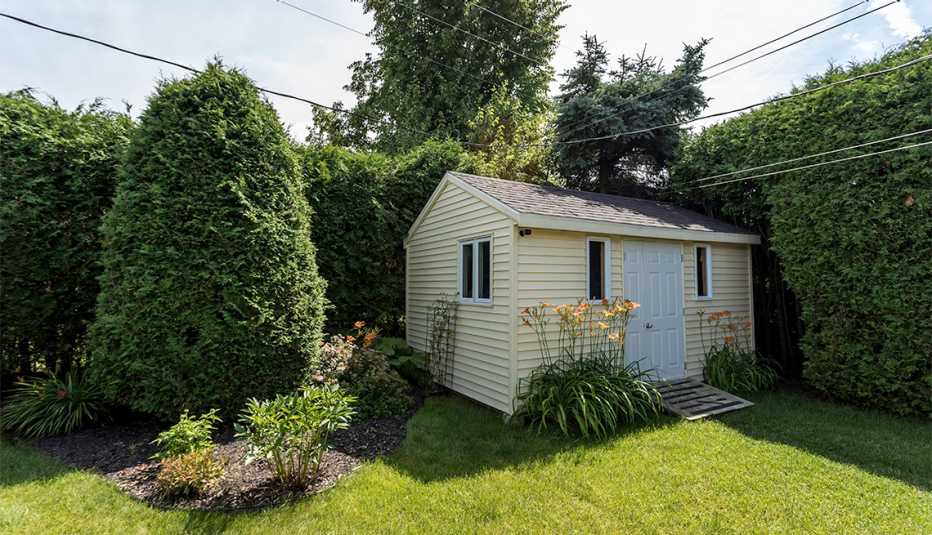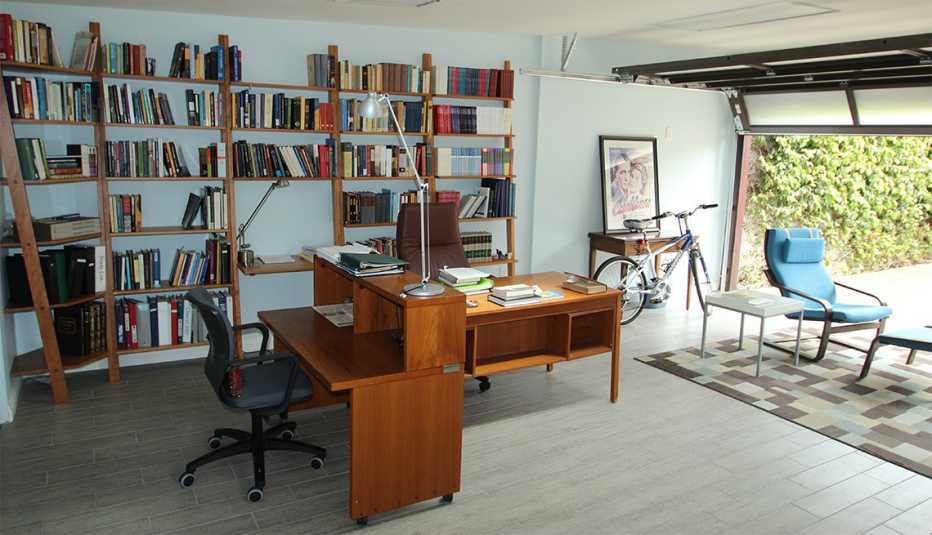AARP Hearing Center
“Shared living” — when adults live under the same roof but are not romantically involved — is on the upswing. A major factor in the trend is parents moving in with their adult children, a twist on the “boomerang” phenomenon of young adults moving in with their parents.
A Pew Research Center survey finds that nearly 79 million adults in the United States, or 31.9 percent of the adult population, live in a “shared household,” meaning one in which two or more adults not intimately attached live in the same home.
That’s a slight uptick from the 27.4 percent recorded in 2004, when homeownership reached its peak and before the foreclosure crisis.
But while young adults moving back in with their parents continue to account for the bulk of such households, there’s another reason at play for the increase: Parents taking up residence in their children’s homes.
Older parents moving in with their adult children make up a much larger component of “shared living” than they did a generation ago.
“Adults who live in someone else’s household typically live with a relative,” Pew stated in its report on its findings. “Today, 14 percent of adults living in someone else’s household are a parent of the household head, up from 7 percent in 1995.” By contrast, “some 47 percent of [such] adults are adult children living in their mom and/or dad’s home, down from 52 percent in 1995.”





































































